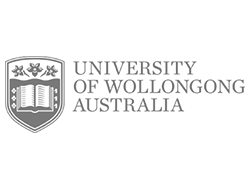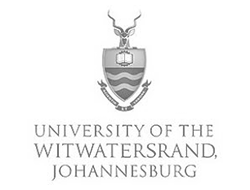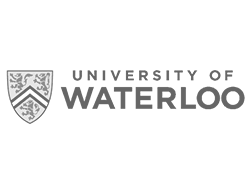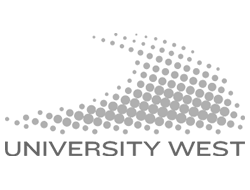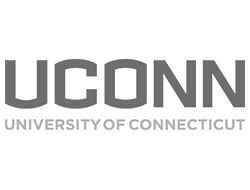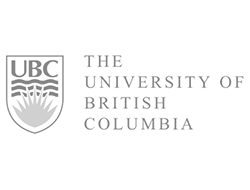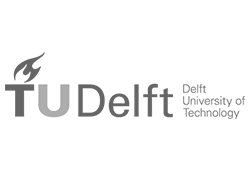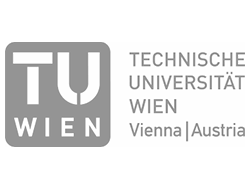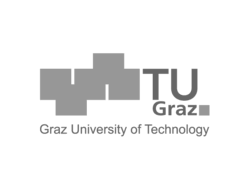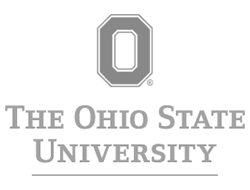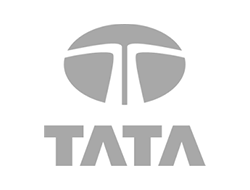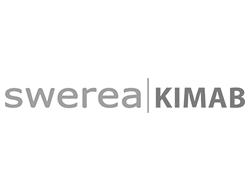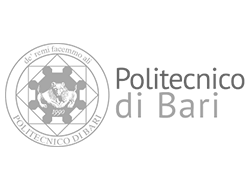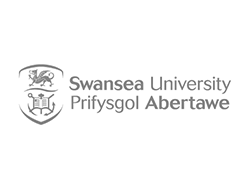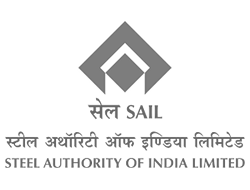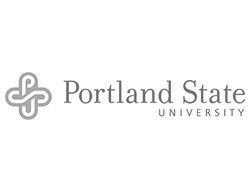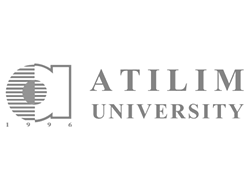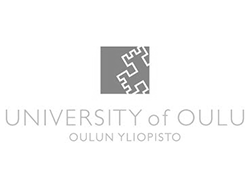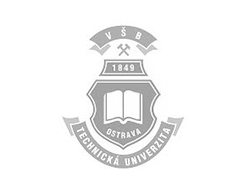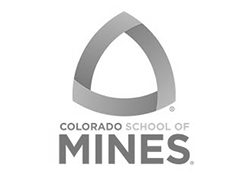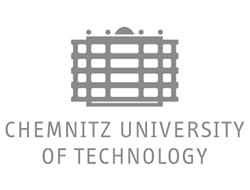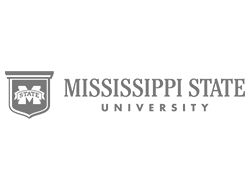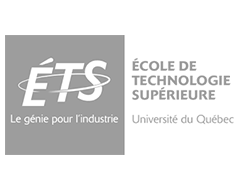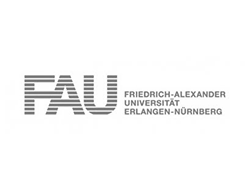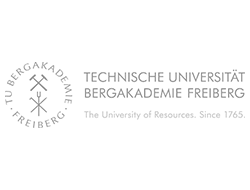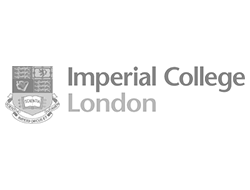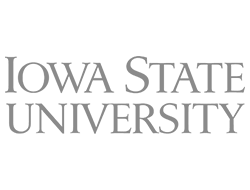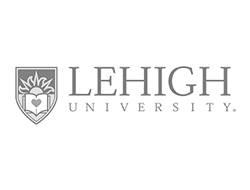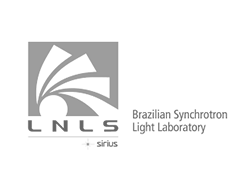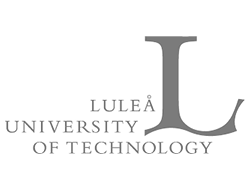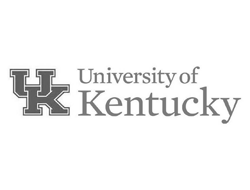Since the early 1980's, Gleeble systems have been at the heart of a number of research projects at the University of Alabama at Birmingham (UAB). Little did the UAB researchers realize when they began that the Gleeble would play a key role in the discovery of a fundamentally new metallurgical phenomenon.
Their earliest work, conducted on a Gleeble 510, involved looking at weld heat affected zones and the be-havior of precipitates and liquids and their effect on grain boundary properties. The first problem that Dr. R.G. (Ray) Thompson and his colleagues addressed was hot cracking in the nickel-based super alloys used in the space shuttle's main engine. The main shuttle engine is a complex assembly in which parts are cast, forged, machined, and then welded together. There are more than 1,000 welds in the completed engine.
UAB researchers worked with GE and Rocketdyne for a number of years to try to improve the weldability of the engine parts. The problem was initially tied to the melting of carbides and Laves phase on the grain boundaries. Through continuing work, they were able to suggest heat treatments and changes in alloy chemistry that improved weldability.
The shuttle engine research led to National Science Foundation/Department of Energy investigations of the basic physical metallurgical properties of the heat affected zone. "From our shuttle work," Dr. Thompson says, "it became clear that to understand the weld zone, you must first understand the evolution of the weld zone during the welding process."
At that time, NSF was funding development of theoretical and computer models that would represent the metallurgical evolution of the heat affected zone during welding. The research was also supported by a side grant from Cray Computers. "We used the Gleeble to check the prediction of the computer model - to confirm the model or tell us where it is wrong," Thompson says.
"To evaluate the kinetics of phase transformations, we used a water quench on the Gleeble to slow down reality, to get a snapshot of a dynamic system at a particular point in time. It's somewhat like using strobe photography to analyze a fast-moving object," he says.
As a result of this work and the shuttle engine studies, the UAB team probed deeper into the welding process and made a fundamental metallurgical discovery - constitutional liquid film migration - a phenomenon that Dr. Thompson says would not have been found without the Gleeble.
In the 1980's, researchers working in solid state electronic devices discovered diffusion-induced grain boundary migration, in which diffusion of elements from the top layer of a device would cause the grain boundaries to move in unpredictable directions. Five years later, other investigators found that running a liquid along the grain boundary could also cause it to move.
Then, in the course of their NASA-related research, Dr. Thompson and his colleagues discovered that liquid film migration of grain boundaries occurred naturally during welding as the result of precipitates liquating in the heat affected zone. The UAB team further found that the migration distance was an order of magnitude greater than previously observed and that new grains were actually formed during the process.
Spurred on by this discovery, the UAB researchers looked at real-world welding processes and found that constitutional liquid film migration could be found there too. In fact, it was visible in previously published photographs, but no one had commented on it.
The Department of Energy is now funding additional research at UAB to better understand this process. Dr. Thompson says, "The Gleeble is the centerpoint of the project. We're using very clean experimental binary alloys and doing modeling of grain growth and grain size. In addition, we are conducting a Monte Carlo simulation of welding with continuous heating and cooling."
Dr. Thompson also reports that UAB's Gleeble 1000 with a data acquisition system is used constantly by students for a number of projects, including standard weldability tests.
He adds, "Much of our work would be impossible, or extremely difficult, without the Gleeble's unique ability to physically simulate a dynamic system and take snapshots of it at different instants in time."
This article first appeared in the Gleeble® Newsletter — Winter 1992-93.



